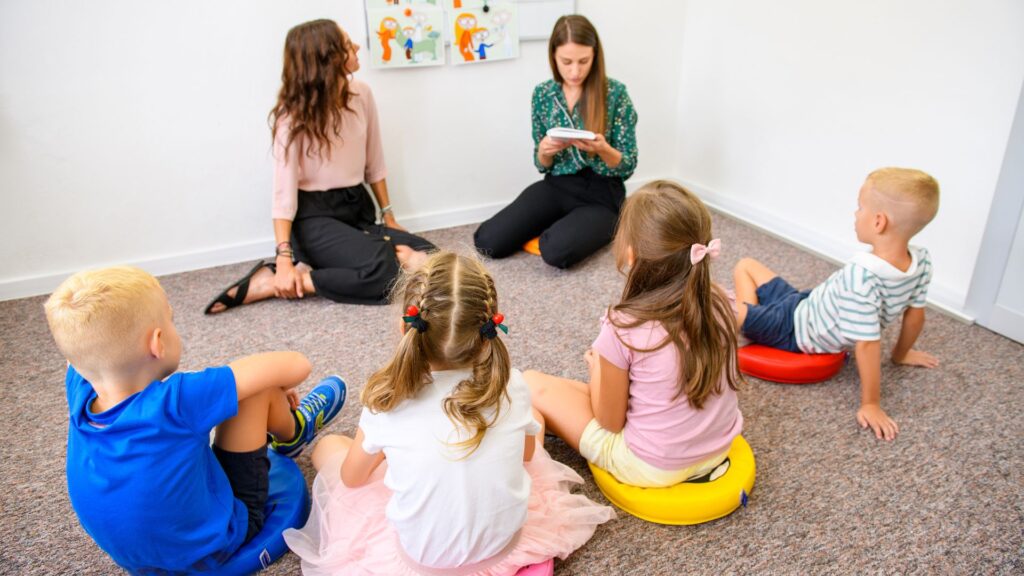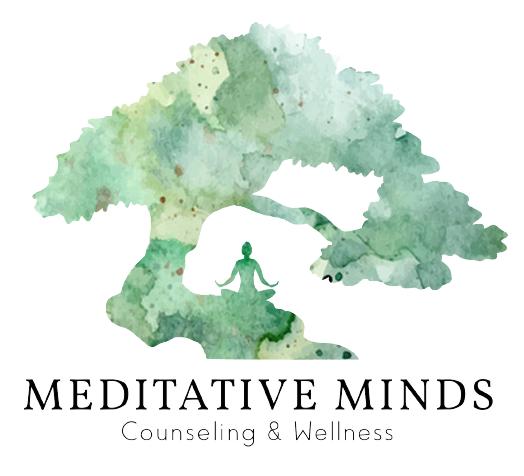In the realm of child therapy, dialogue often takes center stage. Yet, beyond conventional talk therapy lies a rich tapestry of alternative approaches that offer unique pathways to healing and growth for children facing various challenges. In this exploration, we delve into the realm of alternative child therapy methods, transcending verbal communication to embrace diverse modalities that cater to the individual needs and preferences of young clients. From expressive arts therapy, play therapy, and animal-assisted therapy to mindfulness practices and adventure therapy, each approach offers a distinct avenue for children to explore their emotions, navigate complex experiences, and foster resilience. Through this journey, we uncover the transformative power of non-verbal and experiential interventions, highlighting their capacity to unlock creativity, enhance self-awareness, and cultivate meaningful connections. Join us as we venture beyond the confines of traditional talk therapy to discover the myriad ways in which children can embark on their path towards healing and self-discovery.
Mindfulness for Kids: Cultivating Calmness in a Busy World
In today’s fast-paced world, children are often bombarded with stimuli that can lead to stress, anxiety, and overwhelm. In the midst of this chaos, mindfulness offers a powerful antidote, helping kids cultivate calmness, focus, and emotional resilience. Mindfulness, the practice of being present and aware of one’s thoughts, feelings, and surroundings without judgment, has been shown to have profound benefits for children’s mental and emotional well-being. In this article, we’ll explore the importance of mindfulness for kids and discover practical techniques and activities to help them navigate the busyness of modern life with greater ease and tranquility.

The Benefits of Mindfulness for Kids
Research has shown that mindfulness can have a host of benefits for children, including reduced stress and anxiety, improved attention and concentration, enhanced self-regulation, and better social and emotional skills. By practicing mindfulness, children learn to manage their emotions more effectively, navigate conflicts with greater empathy, and develop a deeper sense of compassion for themselves and others.
Practical Techniques for Teaching Mindfulness
There are many simple and fun ways to introduce mindfulness to children. Breathing exercises, such as belly breathing or counting breaths, can help kids calm their bodies and focus their minds. Mindful listening activities, where children tune into the sounds around them without judgment, can help enhance their sensory awareness. Guided imagery and body scan exercises can also help children relax and unwind.
Mindful Movement and Yoga for Kids
Incorporating movement into mindfulness practice can help children release pent-up energy and tension while also cultivating body awareness and balance. Yoga poses specifically designed for kids can promote strength, flexibility, and mindfulness. By encouraging children to move their bodies mindfully, we empower them to connect with their physical selves and cultivate a sense of inner calmness.
Mindfulness in Daily Life
Mindfulness is not just something to practice during designated meditation sessions; it can be integrated into all aspects of a child’s daily life. Encouraging children to practice mindfulness during everyday activities, such as eating, walking, or brushing their teeth, helps them develop the habit of being present and attentive in each moment.
Creating a Mindful Environment
Parents, teachers, and caregivers play a crucial role in creating an environment that supports mindfulness for children. By modeling mindfulness themselves and creating opportunities for children to practice mindfulness together, adults can help cultivate a culture of presence and awareness in the home and classroom.
Nature Therapy: Connecting Children with the Healing Power of the Outdoors
In an increasingly digital age, children are spending less time outdoors, missing out on the myriad benefits that nature has to offer. Nature therapy, also known as ecotherapy, harnesses the healing power of the outdoors to promote physical, emotional, and psychological well-being. In this article, we’ll explore the importance of connecting children with nature and the transformative effects it can have on their overall health and happiness.
- The Healing Power of Nature: Time spent in nature has been shown to reduce stress, anxiety, and depression in children. Exposure to natural environments can boost mood, improve concentration, and enhance creativity, fostering a sense of calmness and well-being.
- Physical Health Benefits: Outdoor play encourages physical activity and exercise, promoting healthy growth and development in children. Activities such as hiking, biking, and playing sports in natural settings help children build strength, coordination, and cardiovascular fitness.
- Emotional Regulation: Nature provides a soothing and grounding environment for children to regulate their emotions and manage stress. The sights, sounds, and smells of the outdoors can evoke a sense of wonder and awe, helping children develop resilience and coping skills.
- Social Skills Development: Playing in nature fosters cooperation, teamwork, and communication among children. Outdoor environments offer ample opportunities for imaginative play, problem-solving, and conflict resolution, strengthening social bonds and empathy.
Music Therapy: Healing Harmonies for Childhood Challenges
In the realm of therapy, where words sometimes fall short, music emerges as a universal language of healing. For children navigating the complexities of emotional and behavioral challenges, music therapy offers a harmonious pathway to self-expression, growth, and healing. Through rhythmic beats, melodic tunes, and lyrical expression, music becomes a powerful tool for therapists to connect with young clients and facilitate transformative experiences. Let’s delve into the world of music therapy and explore how healing harmonies resonate deeply within the hearts and minds of children facing adversity.
The Language of Music
At its core, music transcends linguistic barriers, speaking directly to the soul. In music therapy, children are invited to express themselves through various musical mediums, from playing instruments to singing songs and composing melodies. Through this nonverbal communication, therapists gain insight into the inner world of their young clients, fostering a sense of trust, safety, and connection.
Emotional Regulation Through Rhythm
Rhythm serves as a guiding force in music therapy, providing a stable framework for emotional exploration and regulation. Drumming circles, rhythmic breathing exercises, and movement-based activities help children synchronize their bodies and minds, promoting relaxation, stress reduction, and emotional balance. By tapping into the primal power of rhythm, children learn to manage their emotions more effectively and cultivate a sense of inner calm.
Melodic Expression of Feelings
Melody serves as a vessel for emotional expression in music therapy, allowing children to convey their deepest thoughts, feelings, and experiences through song. Whether improvising on a keyboard, strumming a guitar, or humming a tune, children find solace in the melodic contours of their own inner landscape. Through guided musical exercises and improvisational play, therapists empower children to express themselves authentically and find healing within the notes and chords of their own compositions.
Building Self-Confidence Through Performance
Music therapy provides children with opportunities to showcase their musical talents and build self-confidence through performance. Whether singing in a choir, playing in a band, or participating in a recital, children experience a sense of pride and accomplishment as they share their musical gifts with others. Through supportive feedback and encouragement, therapists help children overcome performance anxiety and develop a positive sense of self-esteem that extends beyond the realm of music.
Fostering Social Connection Through Musical Collaboration
Collaboration lies at the heart of music therapy, as children come together to create harmonious sounds and meaningful connections. Group music-making activities such as ensemble playing, songwriting workshops, and music improvisation sessions foster a sense of belonging and camaraderie among participants. Through shared musical experiences, children learn to communicate effectively, cooperate with others, and forge lasting friendships that enrich their lives both in and out of therapy.
Conclusion
We’ve explored the importance of child therapy beyond traditional talk therapy. We’ve discussed the benefits of alternative forms of therapy, such as play therapy, art therapy, and music therapy, which can be just as effective in helping children overcome emotional and behavioral challenges. At Meditative Minds Counseling & Wellness, we believe that every child is unique, and that’s why we offer a range of therapeutic approaches to help them thrive.
If you’re interested in learning more about our child therapy services or would like to schedule an appointment for your child, please don’t hesitate to reach out. You can contact us at (805) 285-8466 or visit our office located at 2806 Cochran St, Simi Valley, CA. Our team of experienced therapists is dedicated to providing compassionate and effective support for children of all ages. Let us help your child unlock their full potential and live a happy, healthy life.


